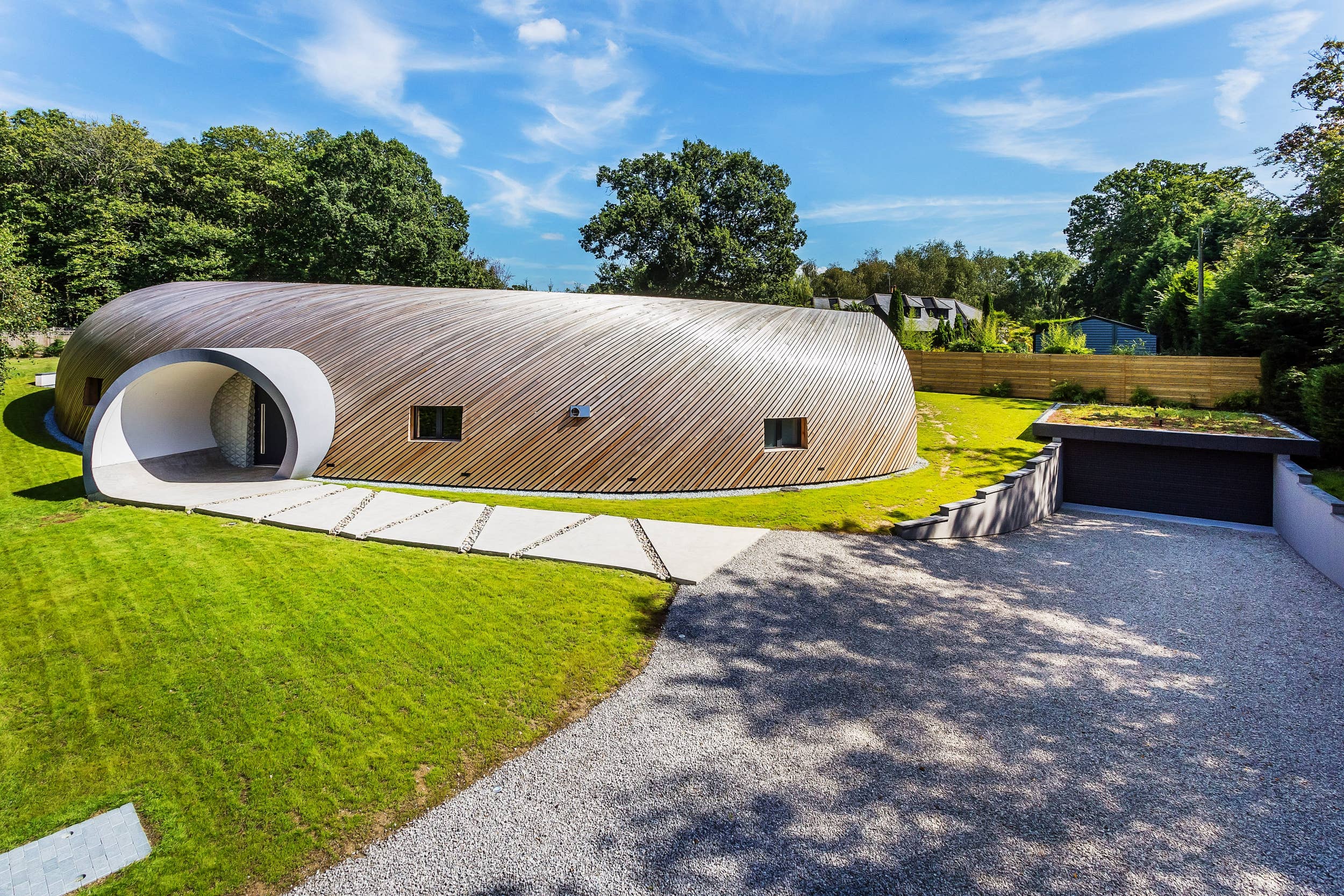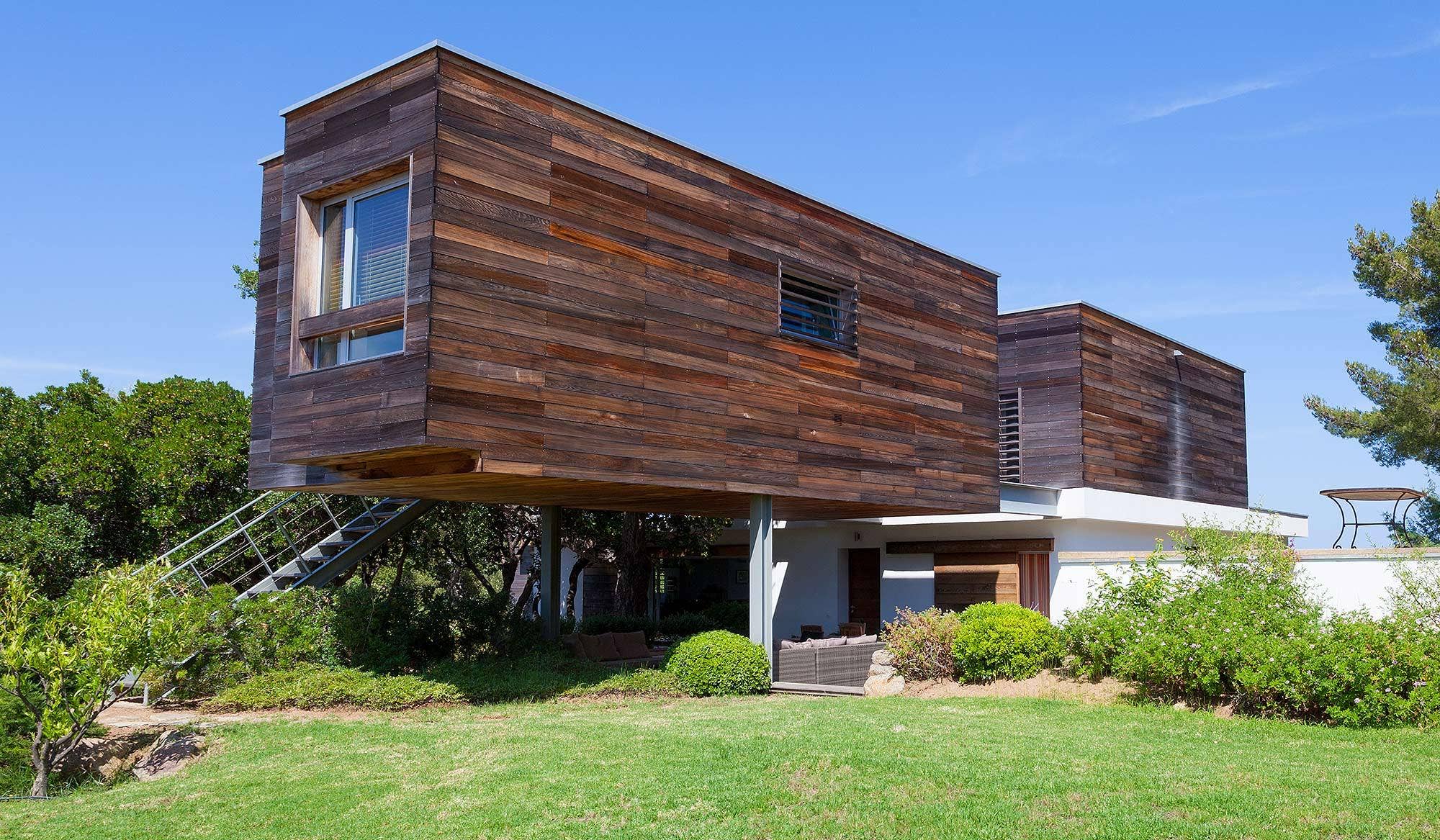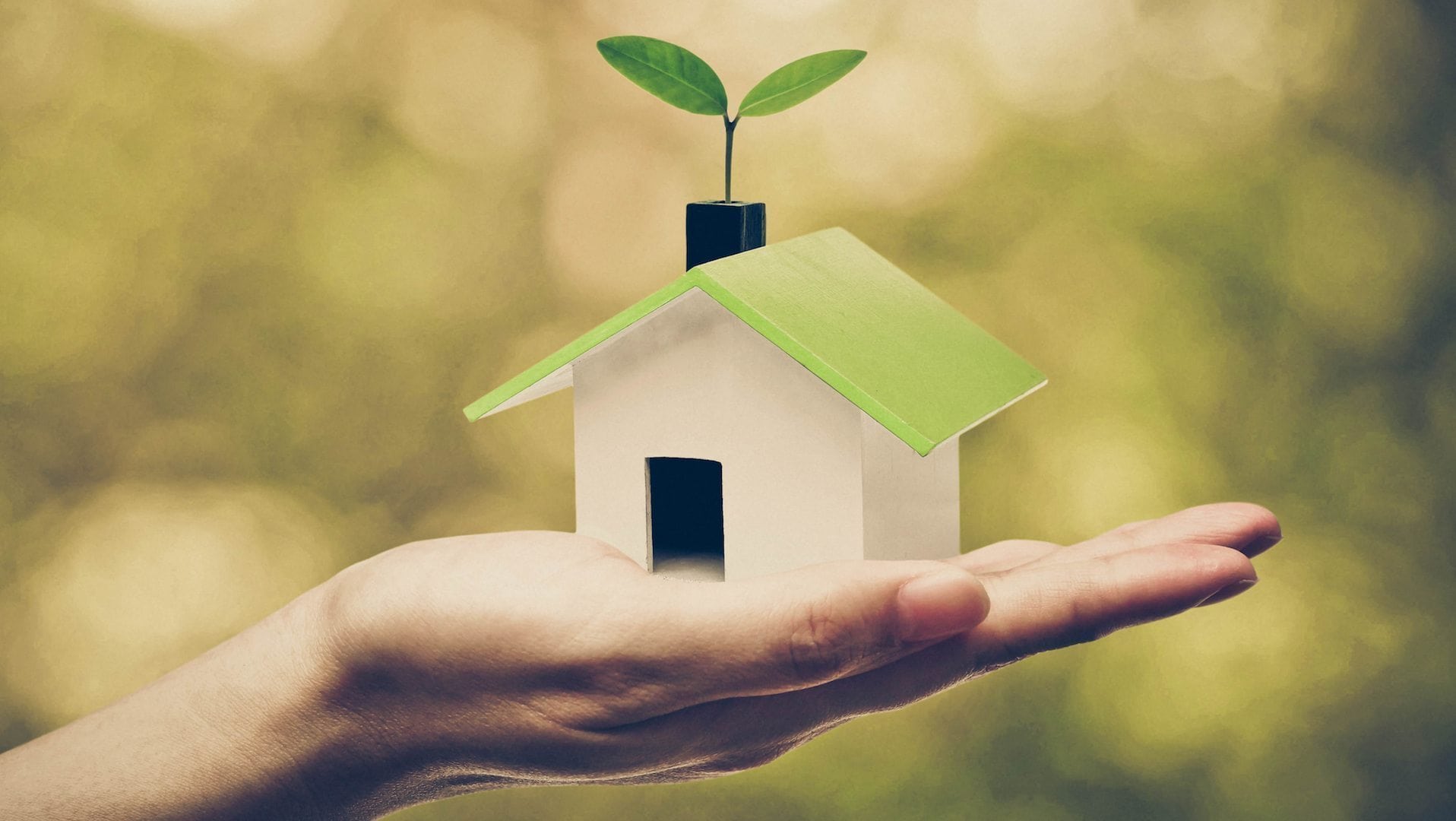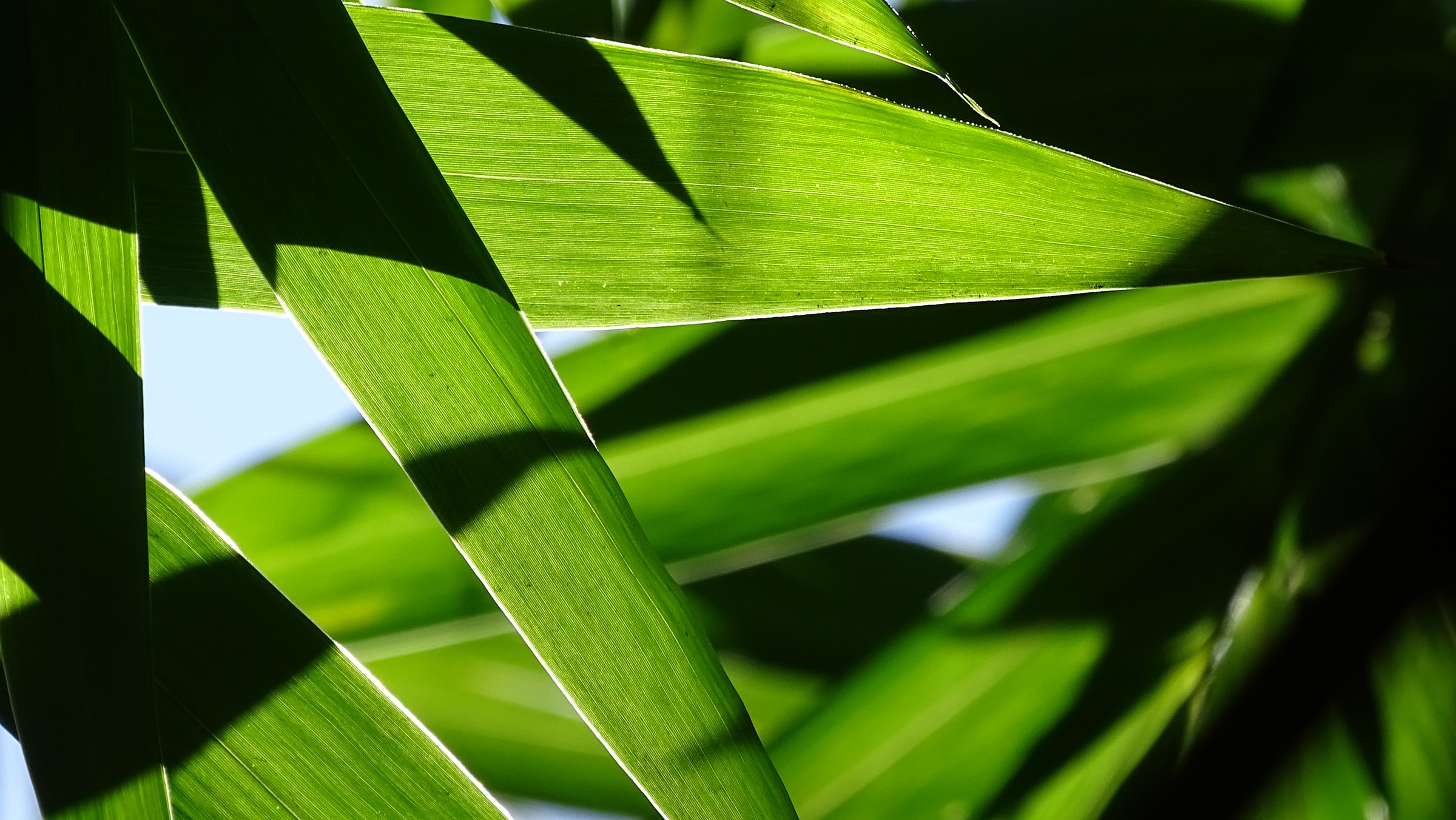Our planet is dying.
It’s a chilling thought, right? After all, there’s only one Earth, and unless we start making some drastic changes soon, we aren’t going to find another one. This world is home to over 8.7 million species of organisms. From plants to sharks, hippos to humans, Earth is diverse and beautiful in so many ways.
Yet this beautiful bastion we call home is in severe danger. We are in severe danger. And the worst part is, it’s all our fault. There’s currently more carbon dioxide in the atmosphere than there has been in human history. Due to our actions, over 800 million people are now vulnerable to the impacts of climate change, like drought and flooding.

This is all self-inflicted. We frequently destroy the world around us by burning fossil fuels and contributing to greenhouse gas emissions. And “we” is the right word here. Each of us has a carbon footprint, and each of us impacts the planet in our own way. Research has found that in the US, each person produces 19 tonnes of greenhouse gases per year.
You’ve likely seen several eco-conscious documentaries in the last few years, the latest being Seaspiracy on Netflix, that preach about ways we can reduce our impact on the planet. Often these changes are drastic, with us cutting out meat and fish from our diets. This can be tough news for some people, but the reality is fundamental lifestyle changes are what’s needed at this point. We have a duty to protect this world.
We need to change the way we live, and one way we can do this is by changing our homes. A new era is dawning on residential living with the rise of eco properties. Many think this is the next step in becoming more sustainable, but what are eco properties, how do they work, and how can you get involved?
What is an eco property?

An eco property is a property that has been built with sustainability at its core. That means they’re usually constructed with environmentally friendly materials like recycled wood, steel, and timber and often come equipped with technology like solar panels.
Naturally, these types of properties have a significantly positive impact on the environment. By using sustainable materials, there is less need to cut down trees or manufacture more steel. And with eco-friendly technology like solar panels, you can produce energy more sustainably without the need for fossil fuels.
For the modern generations, eco-friendly products are vital. In a study by Forbes in the UK, around 54% of Gen Z consumers are willing to spend 10% more on sustainable products. This is the same for 50% of millennials. Becoming eco-friendly is clearly crucial for younger generations, and businesses and property developers are starting to notice.
For instance, Eco property developer ELEMENT developments have committed to planting 100 trees in the Amazon Rainforest for every apartment sold in their latest development.
More work is starting to be done to make properties eco-friendly, and the innovations taking place are incredibly noteworthy.
How do they work?

When making an eco-home, a lot of housebuilders use technology to reduce energy usage. Most eco homes are primarily heated using renewable sources. While solar panels are a popular choice, there’s another technology worth considering, like air source heat pumps and ground source heat pumps.
These pumps are designed to absorb heat from the air or ground to heat the property and supply hot water. Some properties go a step further and feature a central “brain” that monitors and regulates temperature for apartments in the entire building. This means reducing the temperature if an apartment has been left vacant.
Other technologies that have started to be used include wind turbines, airtight triple glazed windows to provide high insulation, and even rainwater recycling systems. These aspects are becoming more and more popular. They are likely to become the norm for property development in the future.
But what if you already live in a home and aren’t looking to move? What can you do to make your current house more eco-friendly?
How can you get involved?

Luckily there’s plenty of actions you can take to make your home more eco-friendly.
Firstly, you can switch heating sources. These days, the most popular option is solar panels, which can help provide energy to your house by using sunlight. Better yet, using renewable sources can save you a tonne of money on your bills, which makes it a win-win situation.
Secondly, you can change the lighting in your home. A popular brand is Philips, which makes incredibly eco-friendly light bulbs that can use up to 75% less energy. According to Philips, their Hue lightbulbs can last 25 times longer than other lightbulbs, too!

Finally, why not consider investing in a smart thermostat. Smart thermostats like the Google Nest can help you save 30% on your energy bill. These thermostats are great as they can usually be controlled through an app and can allow you to manage your heating even when you’re out of the house. You can schedule your heating to turn on automatically and can make it turn off when you leave the house. Neat, right?
Overall, there’s plenty of stuff you can do to live more eco-friendly. We all have a part to play in the coming years and making sure our homes are as eco-friendly as possible is one of the best things we can do.




